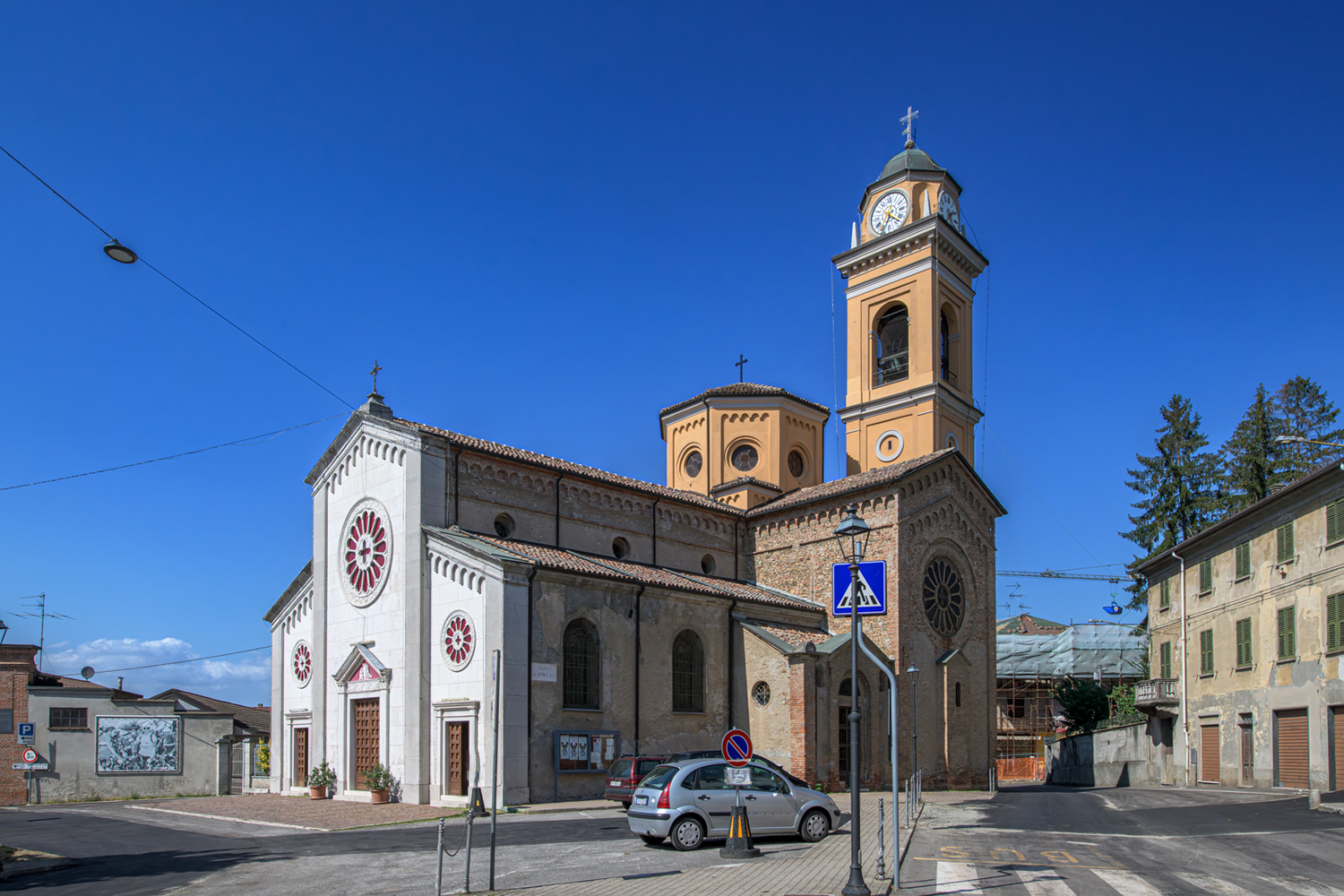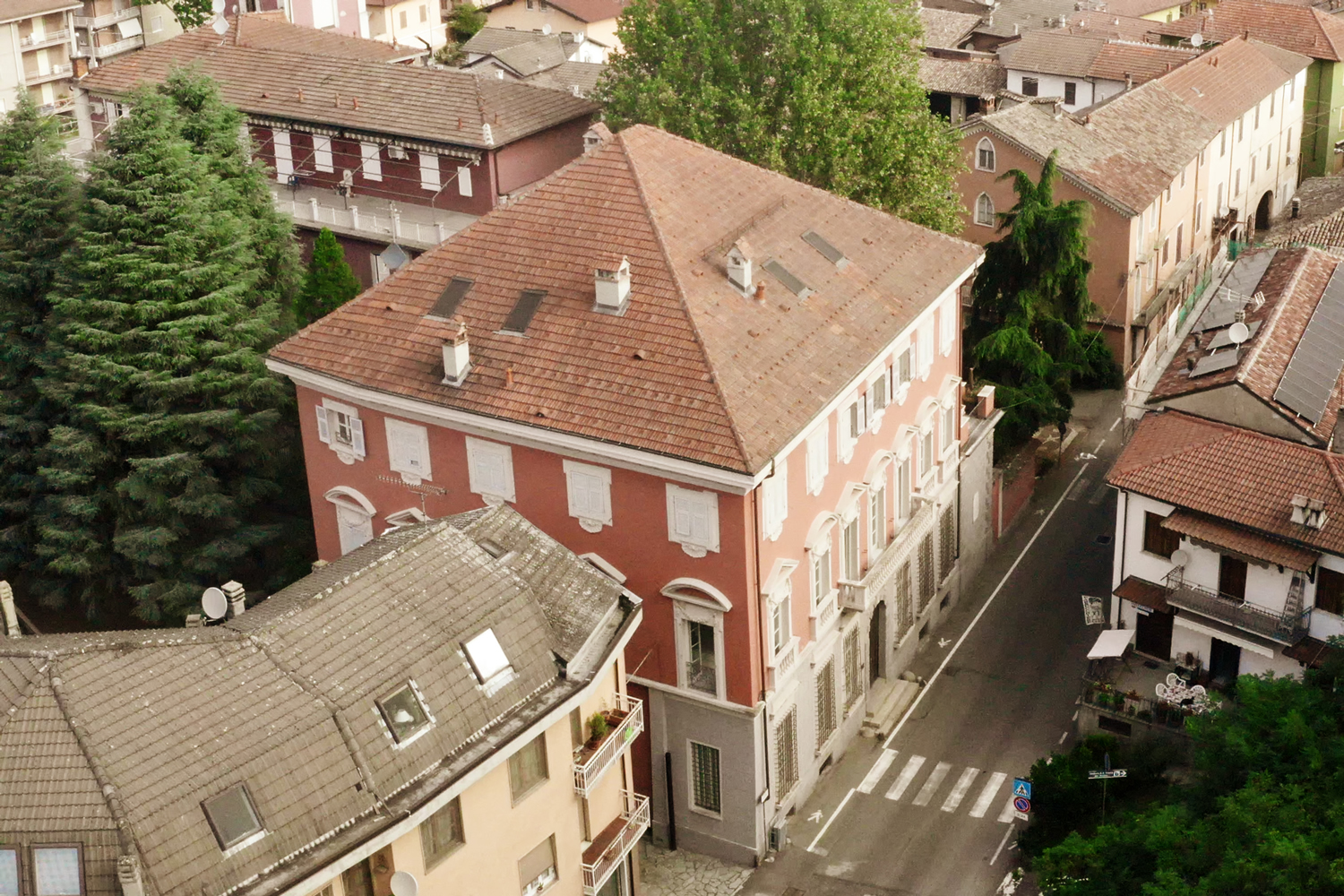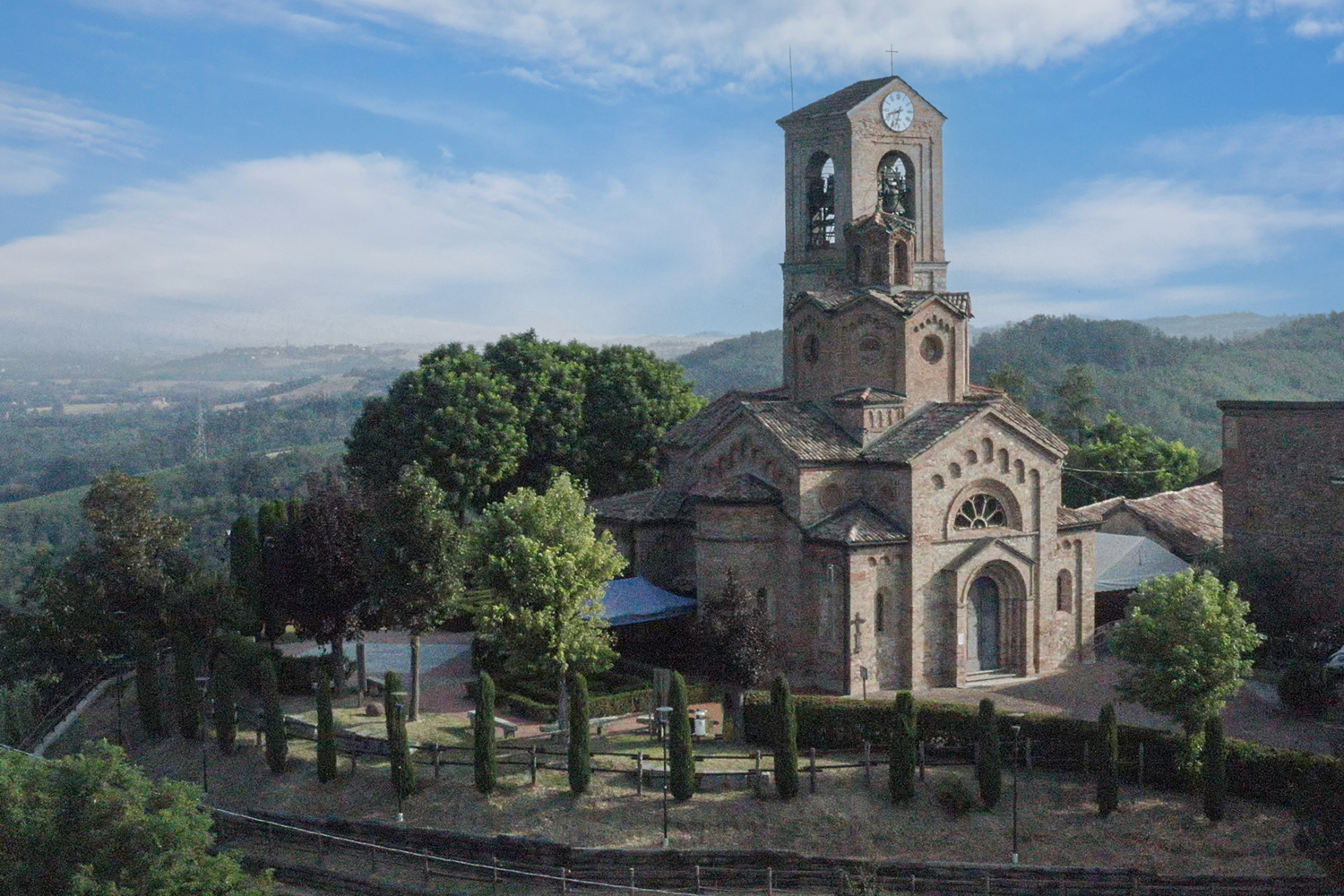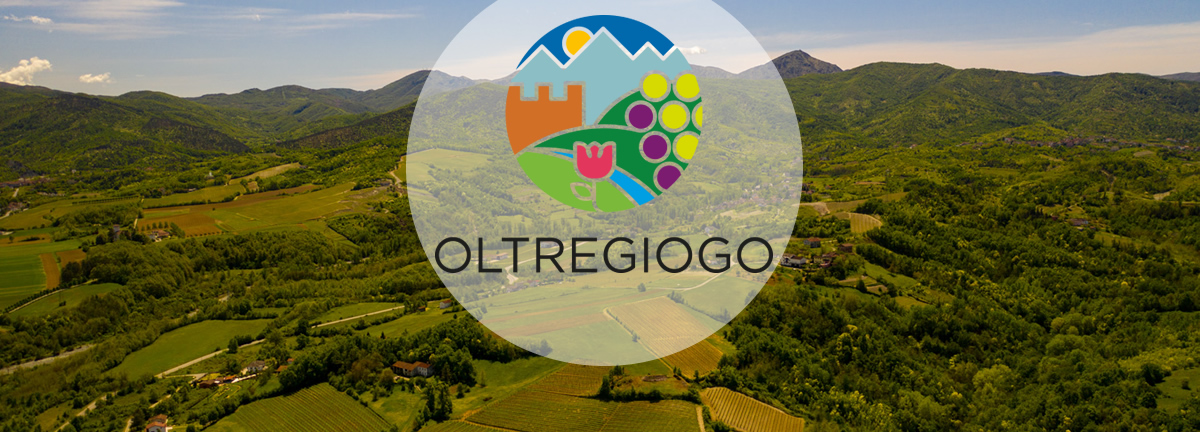HISTORY
Cassano Spinola, where does this name come from?
According to some interpretations, the term “Cassano” derives from the name of an important Roman family: the Cassia gens. Cassano, in fact, arose along the Via Postumia – in this fertile plain which had already attracted previous populations – therefore between the turn of the 1st century BC. and the 1st century AD, by will of an unknown and legendary member of the Cassia gens.
The “surname” Spinola was added because, from the Middle Ages until the end of the eighteenth century, this place was a fiefdom of the Spinola family.
In Cassano there was already a parish church in late antiquity, however its first attestation in documents dates back to 1175. This was first subjected to the monastery of San Colombano of Bobbio and then to that of San Giovanni Domnarum of Pavia, to finally pass to the diocese of Tortona. The fiefdom itself is a possession of the Novara counts De Caltignaga, whose local descendants submitted to the municipality of Tortona in the 12th century.
In 1218, Genoa and Tortona finally stipulated a peace treaty, through which it was established that Cassano was a possession of Tortona. However, this did not prevent the Spinolas from starting to settle in the fiefdom, also obtaining Tortona citizenship.
From 1313, thanks to their closeness to Emperor Henry VII, the Spinola family obtained many fiefdoms, including Cassano.

The Spinolas did not have a pleasant disposition, over the centuries they created havoc inside and outside the Republic of Genoa, with changes of alliances, revolts, etc. An episode from the end of the seventeenth century shows us why, at least in that period, they were not particularly loved even by the people of Cassano, or at least that was the case for the Marquis Biagio, killed by a rifle shot on 29 November 1687, at the hands of a man of humble condition.
A century later, the absence of direct heirs of the Spinola di Cassano led the Piedmontese Royal Tax Office to suppress the fiefdom and make it part of the Savoy Kingdom.
THE PARISH CHURCH OF ST. PETER
The church, of medieval origins, underwent numerous and profound changes over time, especially between the eighteenth and twentieth centuries.
The exterior clearly shows the overlapping of structures from different eras: brick walls that are almost impossible to date coexist with the eighteenth-century bell tower, the façade from the 1960s and the bronze side portal from 1997. The latter is the work of the sculptor Nicola Neonato (Borzonasca, 1912-Genoa, 2006) famous, above all, for the numerous monuments to the partisans, among whose ranks he fought with the battle name Pollaiolo.
The interior of the church is characterized by an eclectic style, chosen during the renovation works carried out between the end of the nineteenth century and the Second World War.
The main altar is a riot of marble: the eighteenth-century altar itself comes from the suppressed parish of Alluvioni Cambiò; the rest was purpose-built in 1942.
The side altars both date back to the Second World War and are dedicated to the Sacred Heart of Jesus – the one on the left – and to the Madonna della Mercede – the one on the right.
In the side naves there are three chapels. On the left there is that of the Madonna del Rosario, on whose altar the wooden statue created in the 1630s for the first altar with this dedication is preserved, which however was located a little further down the nave, or where there is now the ‘altar-cave of Our Lady of Lourdes, dating back to 1910.
In the right nave there is the chapel of San Giuseppe, a remake of the one opened in 1626, when the people of Cassano wanted to thank the saint for having had few deaths during the war of the previous year.

Among the few works preserved here, Jesus Delivers the Keys to Saint Peter stands out in importance, a large canvas painted by the Genoese painter Rosa Bacigalupo (Genoa, 1794-1854).
THE SPINOLA MILLELIRE PALACE
This building, whose first mention dates back to 1608, was erected by the Spinola family probably on another of their palaces built in the Middle Ages.
During the eighteenth century, the palace followed the female hereditary axis, thus passing from family to family, until the second half of the nineteenth century, when it ended up at auction. In 1875, it was acquired by the Albini Millelire family of admirals of the Savoy navy, who made the residence even more grandiose and had a large annex built where they could accommodate countless guests.
«With the rapid decline of the Albini-Millelire family, the palace, sold and emptied of its precious and artistic furnishings, underwent an inexorable abandonment that lasted many decades». (G.M. Merloni, Il palazzo Millelire in Cassano Spinola, s.e., Cassano Spinola, 1992, p. 20.) In 1991, a construction company restored it and sold it to a company that chose it as its representative office. Currently, it is owned by the Merloni family who are building a splendid and rich art gallery, consisting mainly of works by the most illustrious Genoese painters of the seventeenth century, including Bernardo Strozzi, Giovanni Andrea Carlone and some pupils of Domenico Piola.
THE FRACTION OF GAVAZZANA
The toponym derives from the fusion of two words: gaba, ‘high ground’, and san, ‘locality’, therefore meaning ‘locality on the high ground’. The small centre, still agricultural today, arose before the 9th century, perhaps at the foot of a watchtower whose remains are hidden under the church of San Martino Vescovo.
The suspicion of the presence of a fortification is supported by the presence, attested by documents, of important families such as the De Cassano, the Curoli and the Sasso.
The history of the village is extremely difficult to reconstruct, and very few events reported literature, those reported mainly being of lootings.
During the twenty years of fascism, the village lost its independence and became part of the Municipality of Cassano Spinola, until 1948, when it returned to being a Municipality. In 2018, it underwent the reverse process, becoming a hamlet again.

CHURCH OF SAN MARTIN BISHOP
Built in 1867 to a design by the architect Giulio Reale from Cassano, it has an eclectic style of strong neo-Romanesque inspiration.
Domenico Fossati, painter of the Tortona school, executed the wall decorations in 1941, painting stories taken from the Gospels.
Gallery
